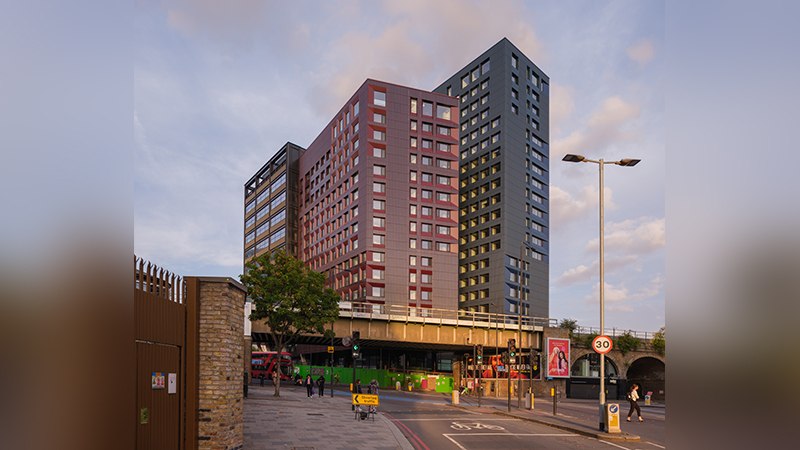 Apple’s decision to take 500,000 sq ft at Battersea Power Station this week is clearly a massive shot in the arm for the developer, but in Brexit Britain, its significance to the wider industry should not be underestimated.
Apple’s decision to take 500,000 sq ft at Battersea Power Station this week is clearly a massive shot in the arm for the developer, but in Brexit Britain, its significance to the wider industry should not be underestimated.
The fact that Apple was set to sign at Battersea had been an open secret for some months. And yes, this is less a new requirement and more a consolidation of existing London offices into a single space.
But property – like UK plc – should take good news where it can find it. And this was undoubtedly good news.
Speaking on Wednesday morning, just hours before the deal was announced, Battersea Power Station Development Company chief executive Rob Tincknell spoke of the importance of the commercial space in a development that is seen more as a high-end central London residential barometer. He wouldn’t comment on the deal, though the brand of his smartwatch perhaps spoke volumes.
Only a few weeks ago, Wells Fargo agreed to buy 33 Central on King William Street, EC4, from HB Reavis for around £300m. The 227,000 sq ft building is due to complete in Q3 2017. And with Lego likely to commit to a 100,000 King’s Cross HQ, much-needed momentum in the market is possible.
But there are countervailing forces too.
Insurer Lloyd’s of London and Swiss bank UBS have indicated they may move some operations outside the UK. Notwithstanding its summer commitment to the capital, Wells Fargo suggested this week that it may do the same. And other financial services businesses that have expanded in recent years are said to be considering subletting space.
Meanwhile, some investors that have bought at low yields predicated on rental growth may find securing hoped-for uplifts harder – especially for companies that face massive hikes in their business rates bills following Friday’s revaluation.
So, as we take heart from the Apple deal, it is clear that more momentum is vital.
ν There is a growing acceptance – a consensus almost – that we stand little chance of dealing with the UK’s housing affordability and supply crisis without more delivery by the public sector. It’s starting – Croydon has a housing company of its own, as do others. One London borough I spoke to this week is planning on launching a regeneration company too. But moves in this direction remain modest.
Little that Jeremy Corbyn says would usually make an impression on this industry, or indeed on the government, but when he talked this week about the need for, and his plans to deliver, 500,000 council homes in the albeit unlikely event he were to become prime minister, it was worth listening.
Will it happen at the scale he demanded? No. Should it happen in a more co-ordinated, widespread way than is happening at present? Absolutely yes.
It will be interesting to see the extent to which the chancellor’s Autumn Statement touches on housing. And what gets spelt out in the London mayor’s supplementary housing guidance, which is now expected after Philip Hammond’s set piece on 23 November. Precisely what role Sir Edward Lister’s Homes and Communities Agency plays in delivery will also be closely watched.
It’s a big autumn for housing.
• Speaking of Jeremy Corbyn, I was struck at this week’s party conference by just how open many Labour councillors were in saying that their leader was making their job harder. For many leaders, relations with City hall are strong – as indeed they were in Boris Johnson’s day – and relations with a devolution-minded government not too bad. Their real fear is the enemy within. Pragmatic working with developers to deliver homes and jobs in their areas is not an approach that wins friends on the emboldened left of the party. How far might they go to frustrate progress?
• To send feedback, e-mail damian.wild@estatesgazette.com or tweet @DamianWild or @estatesgazette










